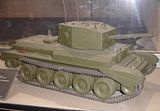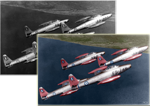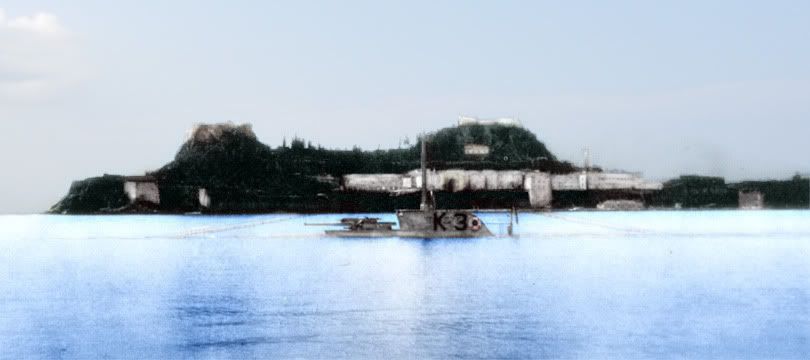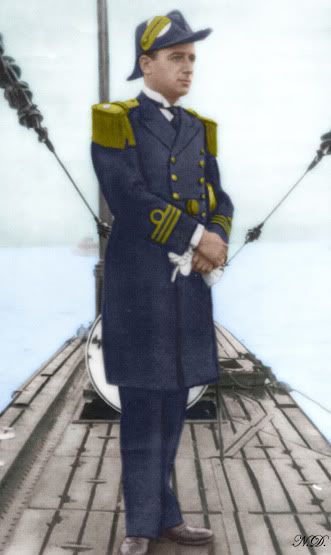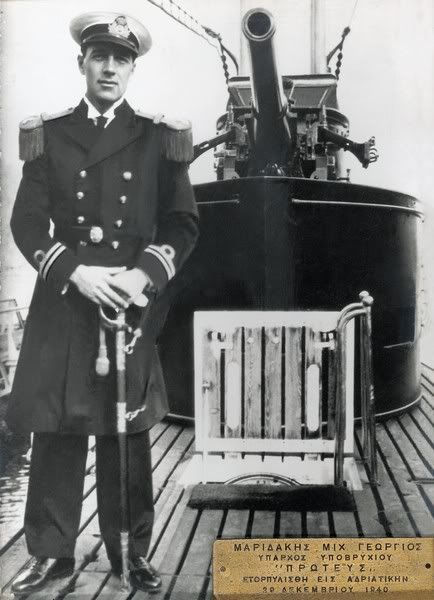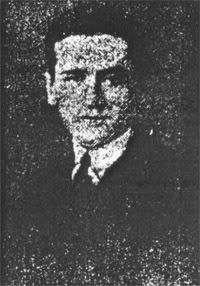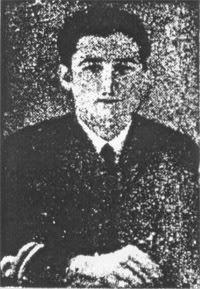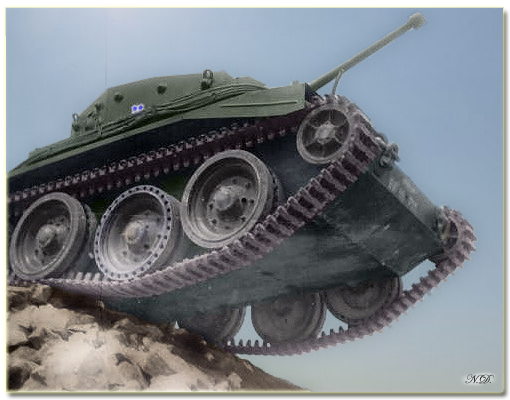 The first tank that the Greek army acquired after World War 2 was the Centaur Mk.I. In May 1946, 52 such tanks were offered from Britain to the Greek government as part of the British commitment to help fight the communists during the Greek Civil War. For over two years, these tanks remained inactive as their crew were being trained and waiting for British technical support. They became operational in the summer of 1948.
The first tank that the Greek army acquired after World War 2 was the Centaur Mk.I. In May 1946, 52 such tanks were offered from Britain to the Greek government as part of the British commitment to help fight the communists during the Greek Civil War. For over two years, these tanks remained inactive as their crew were being trained and waiting for British technical support. They became operational in the summer of 1948.The Greek Centaurs had considerable differences between them. For example, some had a 57 mm 6pdr quick firing Mk.V gun, some had different (type A or B) hulls and some were fitted with a Browning M2 machine gun mounted on the turret for Anti-aircraft purposes. Some had the older Liberty engine.
Operational History
May 1946 - The Greek Government receives 52 British Centaur Mk.I tanks.
1947 - Greek officers sent to England to be trained on Centaurs.
1948 - The officers return from training and three regiments are formed (II, IX and XI). They play significant role in operations against the communists.
January 1949 - The three regiments are renamed as 381, 382 and 383.
October 1949 - They form 391 "Kentavros" (Centaur) Regiment
1962 - Phased out. Gradually replaced by the newer M-47 Patton tank.
Specifications
A27L Centaur Mk.I
Crew: 5 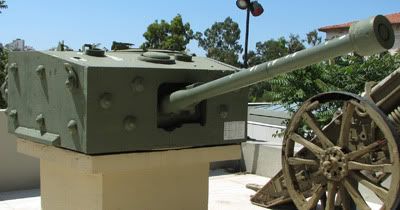
Weight: 27.5 tons
Length: 20 ft 10 in
Width: 9 ft 6 in
Height: 8 ft 2 in
Engine: Liberty 395 hp
Speed: 27 m/h
Armour: 20/76 mm
Armament: 1x 6-pdr (57mm) main gun with 64 rounds and 1x 7.92mm Besa MG
For gamers and game designers
Centaur MkI tanks were used only for training in the British Army. In the Greek army, they faced only the significantly inferior Communist forces during the Civil War.
For modellers 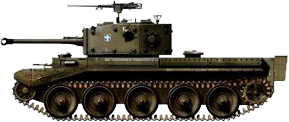
1:35 model of the Centaur by Raw Shooter of www.modelclub.gr:


A scale model from the National War Museum, Athens:
